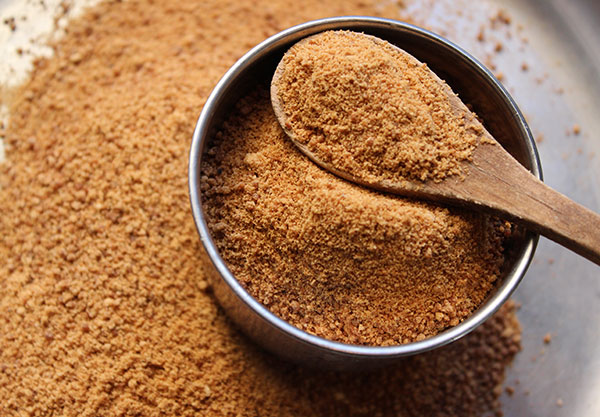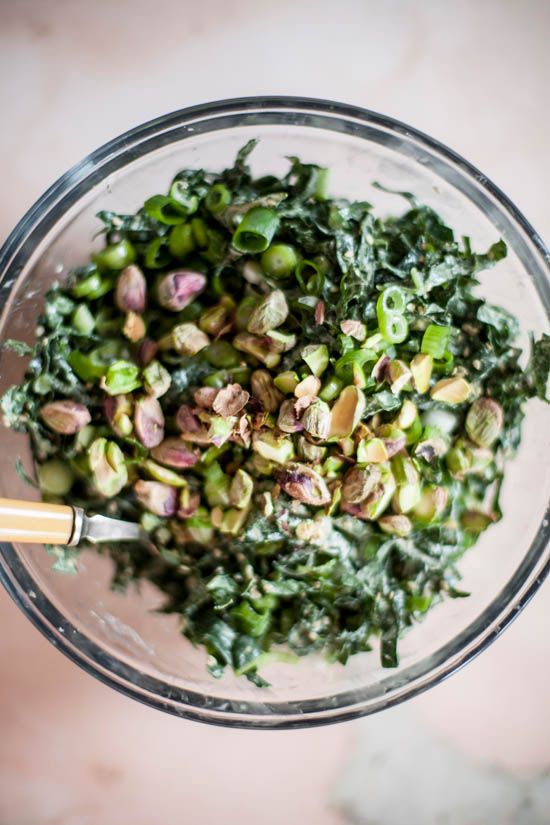
THE KETOGENIC DIET (also known as Keto), has made it’s way through social media, and seems to be all the craze right now. After hearing so much about the Keto diet, it may be having many people asking:
What is a Keto Diet?
You probably have been hearing the Kardiasions bragging about this amazing diet, seeing bodybuilders pushing Keto products, and even regular men and women shed massive amounts of weight following this way of eating.
If you don’t know much about the Keto Diet, you probably have many questions like:
What is it?
Why do it?
Is it sustainable?
What are the side effects?
What are the benefits?
I’m going to give you all the information you need to decide if the Ketogenic Diet is for you, and if you do, you’ll have all the tools you need to get started!
The Ketogenic Diet
A Ketogenic Diet (also know as the Keto Diet), is a high fat, low carb, moderate protein diet. The reason that it is very popular, is because it can cause you to lose body fat fast. Studies have also proven that Keto has benefits against cancer, diabetes, Alzheimer’s, skin problems, and other conditions.
When you eat Ketogenically, you cut your carbohydrate intake from 200-300g daily down to 20-50g daily, and replace those missing carbs with fat. When you reduce your carbohydrates this drastically it puts your body in what they call, “a state of Ketosis”.
Ketosis is a metabolic state in which you body uses fat for fuel, rather than carbohydrates.
In normal eating, people have a tendency to consume more carbohydrates than a body needs to run. So, your body turns those excess carbs into fat and stores them as extra body fat.
But, when you cut the carbs in your diet drastically, your body enters Ketosis and starts burning that stored fat for fuel, resulting in better body composition and better health.
How a Ketogenic Diet Can Help You Lose Weight
If your only desire is to lose body fat, then using a keto diet plan is an easy way to do so and quite simple!
Studies are showing more support than ever for eating a high-in-healthy-fat diet. Many doctors are starting to get on board with eliminating telling people to go on low-fat diets.
Eating a diet high in healthy fats can be very filling. When you want to lose weight without counting calories, not feeling hungry, or keep mentally sharp, the keto diet is perfect.
Weight loss happens when your body moves into Ketosis. It burns stored fat as a primary fuel source, rather than carbohydrates.
4 Types of Ketogenic Diets
Now, if you are trying to build muscle while losing body fat through ketosis, then there are several types of keto variations you could go by:
Standard Ketogenic Diet (SKD): This is the popular, non-complicated Ketogenic diet. This is typically where the dieter eat 75% fat, 20% protein, and only 5% carbs.
Targeted Ketogenic Diet (TKD): This diet allows you to add in small amounts of carbohydrates (25-50g) consumed 30 minutes prior to working out on days you workout. Basically, it pushes you out of ketosis just long enough to fuel your body for the workout. This works for people who are trying to build muscle and lose fat at the same time.
Cyclical Ketogenic Diet (CKD): This is a type of carb cycling mixed with Keto. You do 2-3 high-carb days during the week, then doing the rest as Ketogenic. This works well for athletes whose muscles need carbohydrates to perform adequately.
High Protein Ketogenic Diet: This diet is close to the Standard Ketogenic Diet, with the exception of more protein. In a High Protein Ketogenic Diet you’ll eat 60% fat, 35% protein, and 5% carbs.
Health Benefits of Keto
Did you know that the Ketogenic diet was developed as a treatment for neurological diseases, like epilepsy?
As it was studied more intensively, researchers realized that the diet showed promise to help with other diseases and benefit health. Here are a few:
Alzheimer’s Disease: Research is increasingly linking sugar with Alzheimer’s, and a Ketogenic diet can reduce the symptoms of this disease and slow down it’s progression. (source)
Parkinson’s Disease: One study found a Ketogenic Diet can help the symptoms of this disease. (source)
Polycistic Ovary Syndrome (PCOS): The Ketogenic Diet can help reduce insulin levels. Elevated insulin levels are associated with PCOS. (source)
Acne: Studies have been linking sugar and insulin levels to acne, and a Ketogenic Diet has virtually no sugar. (source)
Cancer: The Ketogenic Diet is currently being used to treat some types of cancer and to slow tumor’s growth. (source)
Diabetes: When you follow the Keto Diet, it is designed to not produce an insulin response in the body, resulting in lower insulin levels in the blood.
Heart Disease: By eating more fat on Keto, you improve risk factors for heart disease like blood pressure, blood sugar, and HDL Levels. (source)
Ketogenic Diet Side Effects:
These side effects are generally considered safe, but please consult with your doctor if you have any questions or concerns at all.
The Keto Flu
The side effect that is most-talked about is the Keto Flu.
Keto Flu takes places when your body is moving into Ketosis, usually between days 2-7 of Keto. It gets it’s name because it feels like the flu with headadches, nausea, increased hunger, and mental fog.
You CAN minimize Keto Flu by consuming enough electrolytes, either through sugar-free Gatorade or Powerade, or salting your water. Make sure you’re eating plenty of healthy fats, and eating enough too, so your body has enough fuel to switch into Ketosis.
Even if you get Keto Flu symptoms, the good news is that the symptoms usually dissipate within 2-3 days of starting, so just hang in there!R
What Foods to Eat on Keto
Keto meals include healthy fats, proteins, and nutrient-heavy foods.
Eating Ketogenically means you should never feel deprived because you don’t have to count calories, only carbs. Here are staples in the Ketogenic Diet:
Meats: Red meat, ham, bacon, chicken, and turkey.
Fish: Eat fatty fish: salmon, tuna, trout, and mackerel.
Healthy Oils: Olive, coconut, and avocado oil are great sources of fat.
Dairy: Butter and cream, unprocessed cheese such as cheddar, goat, or mozzarella
Eggs: Farm-fresh or organic eggs
Avocados
Nuts and Seeds: Almonds, Walnuts, Pumpkin, Pecans, Flax and Chia seeds
Low Carb Vegetables: Broccoli, Cauliflower, Onions, Peppers, and tomatoes
Condiments: Mayo, salt and pepper, spices, and low-carb salad dressings
The goal is to try to eat as simply and cleanly as possible.
Ketogenic Meal Plans
For any diet, it’s helpful to have a meal plan to go by when you are just starting out. Here is a sample meal plan based on the Keto rule of 75% fat, 20% protein, and 5% carb way of eating:
Breakfasts:
Eggs fried in coconut oil with a side of bacon
A Keto Milkshake -try this one
Omelet cooked in ghee with peppers, onion, tomatoes, sprinkled with bits of cheese,
Ham & Cheese omelet
Keto Pancakes with eggs, and bacon
90-Second Keto Mug Cinnamon Roll
Lunches
A Bunless Bacon Cheeseburger
Chicken Salad with hardboiled eggs, bacon, and almonds
Keto Slow Cooker Mexican Shredded Beef -hot or cold with a green salad or lettuce wrap
Ranch dip with Turkey and Cheese
Lunchmeat, bacon, lettuce, and cheese with mayo on a almond flour tortilla
Keto zucchini pizza boats with goat cheese
Pork Chops with Keto Cole Slaw
Salmon with broccoli, cooked in butter
Steak with mashed cauliflower
Grilled Chicken with a Avocado dressing salad
Dinners:
An easy way to know you are eating right is to prepare fresh, non-processed foods as much as possible. You should also make sure to “eat the rainbow” by having a different color from your plate each meal.
Check out all my Keto Recipes here.
Keto Snack Ideas:
In the beginning of Keto, you may notice yourself getting hungry between meals. Here are some ideas for easy, clean Keto snacks:
Hard Boiled Eggs
Deli Meat and Cheese Rolls
Cheese Sticks
Bacon-Wrapped Anything
Celery dipped in Almond Butter
Small handful of nuts or seeds
Lettuce Wraps
Leftovers
A Bulletproof Coffee with MCT Oil
Supplements for a Ketogenic Diet
It’s not necessary to take supplement if you’re eating a balanced and healthy Ketogenic diet.
But if you’re busy, or want and extra boost, there are some supplements that can help the process.
MCT Oil: This powerhouse oil can help aid ketosis and energy levels when added to coffees, main dishes, or just taken as a shot.
Caffeine: You do not have to limit coffee on Keto, and in fact caffeine can be beneficial to Ketosis. Add in cream, Stevia, and/or MCT oil for a boost.
Protein Powder: Assuming there’s no added sugar or carbohydrates, protein shakes can help you get in enough protein, and is very portable and convenient. (I prefer the JYM brand because I like the protein blend, the fact that it is sweetened with Stevia, and the price point. Also the flavors are delicious!)
Ketogenic Diet FAQ’s
Will I have to give up carbs forever? Giving up carbs is a choice you have to make for yourself, so of course you can choose to reintroduce them to your diet whenever you wish. Personally, I chose to set a body fat goal, then reintroduce carbs when I reached it. Your goals are your own, so use Keto as a tool to reach them, not a punishment for not being where you want to be.
Will I feel deprived? I hope not! Eating a high amount of fat every day leads to a high sense of satisfaction and fullness. If you’re not feeling satisfied or deprived, try varying your Keto meals or increasing the amount of fat your eating.
How do I get my family on board? Try doing simple meals that are already very keto-friendly, such as Sloppy Joes, Pancakes, Eggs, and even bunless Hamburgers.
Why does my breath smell? Stinky breath is a common side effect of Ketosis, and it’s actually a good sign because what you’re smelling are your increased Ketone levels. This side effect is only present for the first few week so of Keto.
Why does my urine smell? This is the same as above. Ketones are present in your urine, making it smell.
Is this a high protein diet? No. In fact, if you eat too much protein on a ketogenic diet, your body will actually convert it to carbohydrates, and then store it as fat if your muscles don’t need it.



Leave a Reply